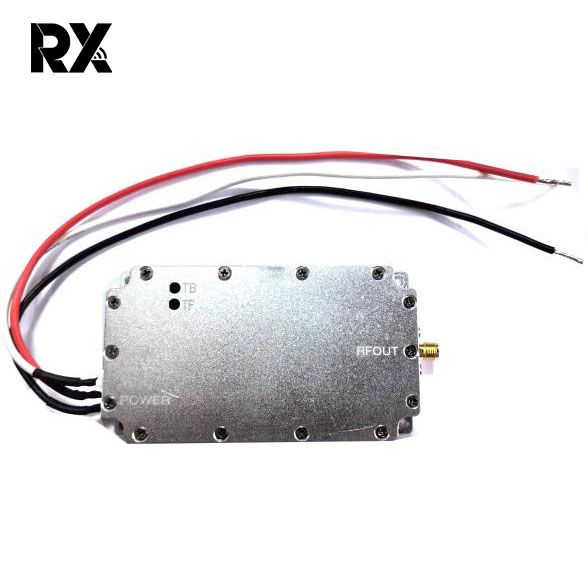Safeguarding Skies: How the Anti-Drone Signal Jammer Device Module Detects and Neutralizes Unauthorized Drones
2024-05-09
In today's rapidly evolving technological landscape, the widespread use of drones has brought about unprecedented opportunities for innovation and efficiency across various industries. However, alongside these benefits come significant concerns regarding unauthorized or malicious drone activity, prompting the development of advanced countermeasures like the Anti-Drone Signal Jammer Device Module. This innovative technology is designed to detect and neutralize unauthorized drones effectively, ensuring the safety and security of critical airspace. Let's explore how the Anti-Drone Signal Jammer Device Module detects and neutralizes unauthorized drones with precision and efficacy.
Detection Mechanisms:
1. Radio Frequency (RF) Detection: The Anti-Drone Signal Jammer Device Module employs sophisticated RF detection mechanisms to identify unauthorized drones within its operational range. By scanning the surrounding airspace for RF signals commonly used by drones for communication and control, the module can detect the presence of potential threats and differentiate them from legitimate RF sources.
2. Radar Systems: Some versions of the Anti-Drone Signal Jammer Device Module may integrate radar systems for enhanced detection capabilities. Radar technology allows the module to detect and track moving objects, including drones, with high precision and accuracy. By combining radar data with RF detection, the module can achieve comprehensive situational awareness and effectively identify unauthorized drone activity.
Neutralization Techniques:
1. Radio Frequency (RF) Jamming: Once an unauthorized drone is detected, the Anti-Drone Signal Jammer Device Module initiates jamming measures to disrupt the drone's communication signals effectively. By emitting high-power RF signals targeted at specific frequency bands used by the drone, the module overwhelms and interferes with the drone's control and navigation systems, rendering it unresponsive to its operator's commands.
2. GPS Spoofing or Jamming: In addition to RF jamming, the module may employ GPS spoofing or jamming techniques to disrupt the drone's navigation capabilities. By transmitting false GPS signals or jamming authentic GPS signals received by the drone, the module can confuse its onboard navigation systems, causing it to lose its position lock or enter a failsafe mode.
Operational Considerations:
1. Range and Coverage: The effectiveness of the Anti-Drone Signal Jammer Device Module depends on factors such as its range and coverage capabilities. Modules with extended ranges and broader coverage areas can detect and neutralize unauthorized drones over larger areas, providing comprehensive protection against potential threats.
2. Integration with Security Systems: To enhance overall airspace security, the Anti-Drone Signal Jammer Device Module may be integrated with existing security systems or surveillance networks. This integration allows for coordinated responses to unauthorized drone activity, ensuring a proactive and effective approach to airspace protection.
Conclusion:
In conclusion, the Anti-Drone Signal Jammer Device Module plays a crucial role in detecting and neutralizing unauthorized drones with precision and efficacy. By employing advanced detection mechanisms such as RF detection and radar systems, coupled with sophisticated neutralization techniques like RF jamming and GPS disruption, the module ensures comprehensive protection of critical airspace. With its ability to detect and neutralize unauthorized drones in real-time, the Anti-Drone Signal Jammer Device Module empowers security personnel to mitigate the risks posed by unauthorized drone activity and maintain airspace integrity in a rapidly evolving technological landscape.



